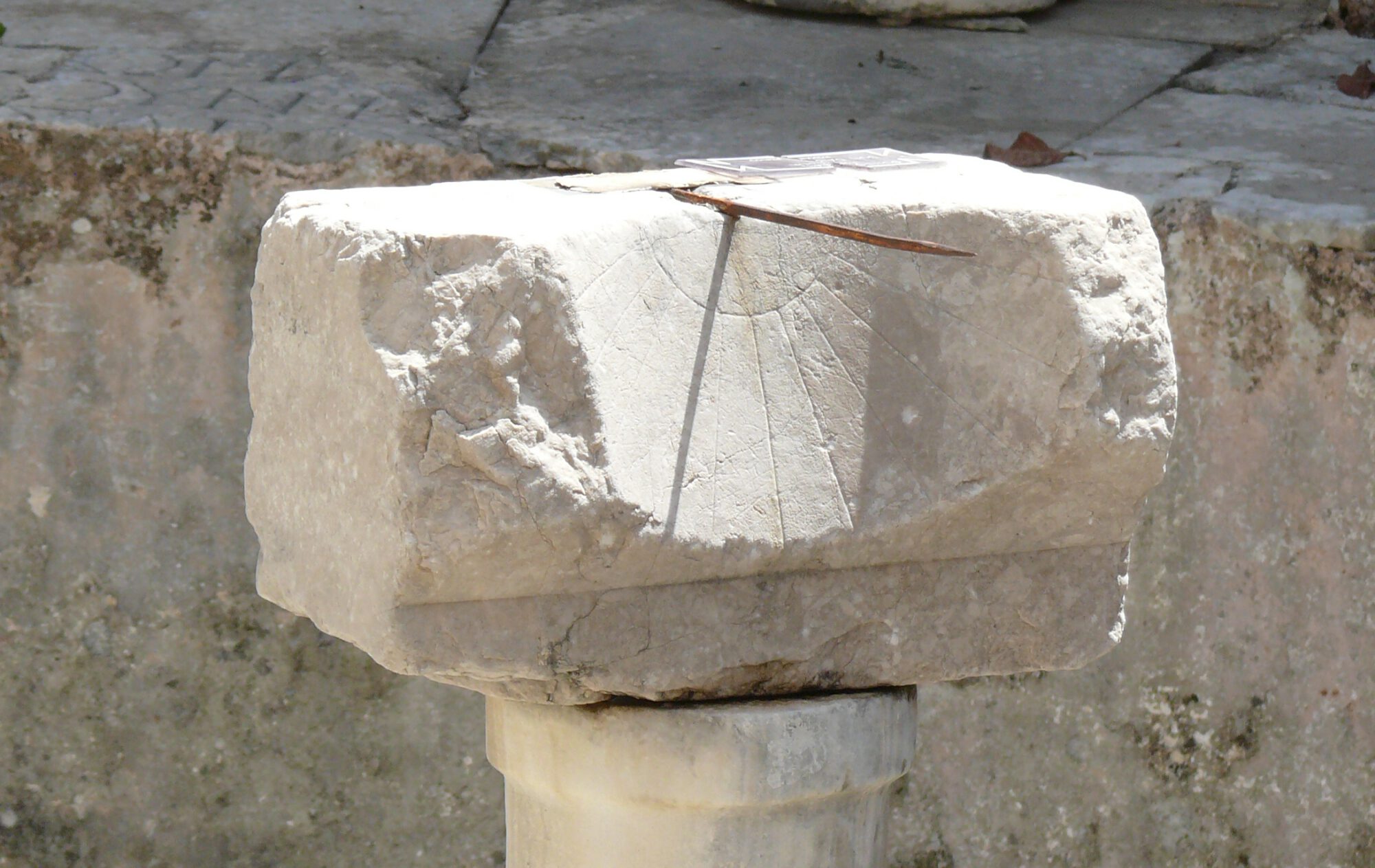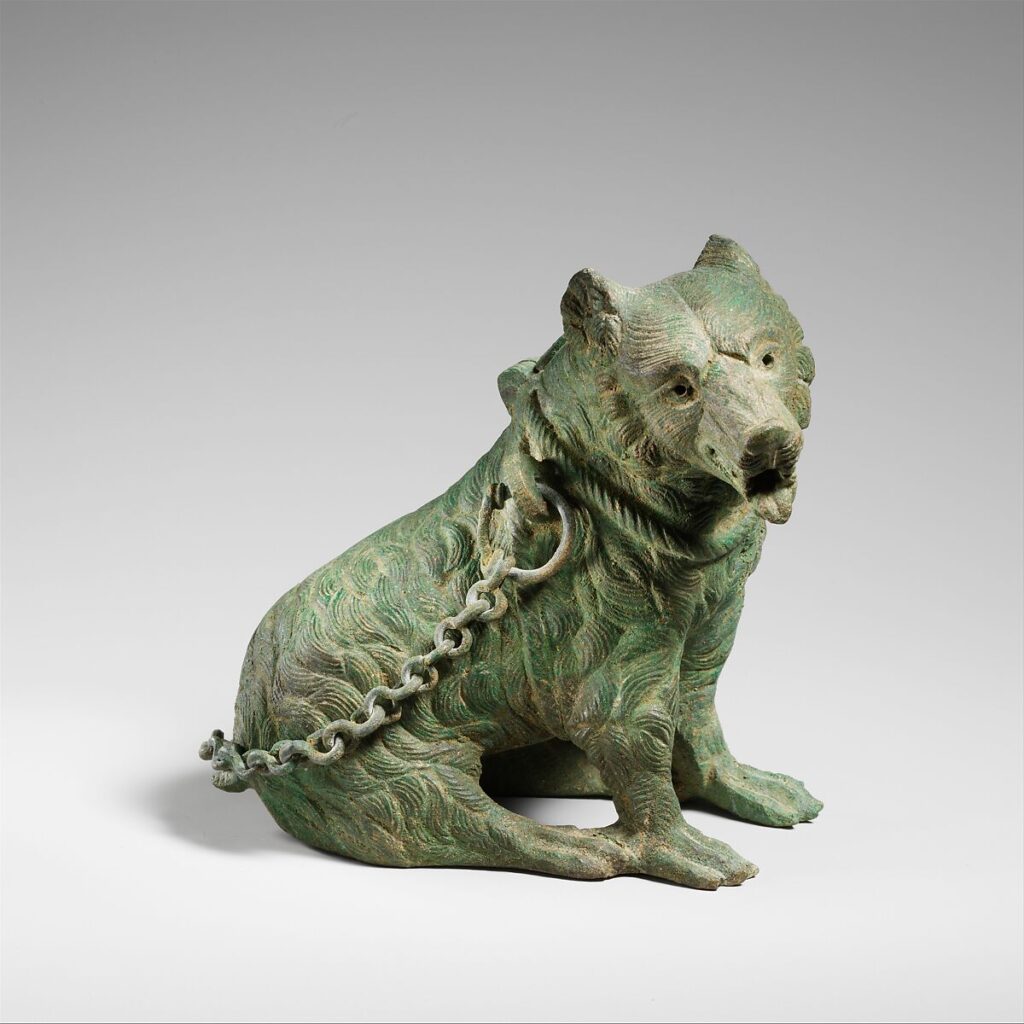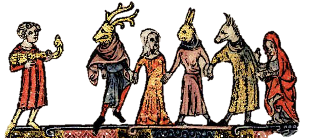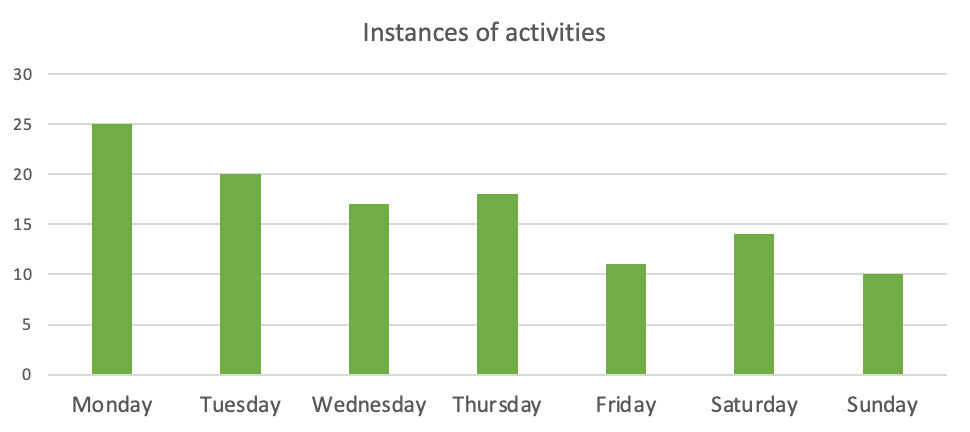The payment of rent in kind, the delivery of pre-paid wine, and the repayment of a loan in kind; all depend on the not always predictable outcome of a harvest – especially in premodern societies. Agricultural entrepreneurship was a risky business, as one was dependent on the vagaries of natures. Nature’s pace was relatively predictable – yet one could never know when impactful deviations from the common agricultural calendar, like a belated Nile flood, would occur. Agreements about future payments and deliveries nevertheless keep an economy going. In this blogpost, we will have a look at how late antique Egyptians dealt with the uncertainty of the future in their day-to-day transactions.
It was not uncommon for city dwellers to pre-order some wine from the vineyards surrounding their city. They would pay upfront and agree with the supplier on a delivery later on, like in papyrus SB 16 12486. Likewise, the payment of rent in kind by a tenant would often be scheduled after the harvest. In case of a loan of seed, for instance, the repayment was planned to take place after the borrowed seed had come to fruition and was harvested. What connects these transactions is their promised execution in a relatively loosely defined future. Wine deliveries often specify the month in which delivery is due, but the rent and loan (re)payments sometimes only refer to the moment of repayment as occurring ‘after the harvest’.
For this short survey, we will not dive into the specific contract types of Roman private law, nor into the difference between transactions determined by a strict interpretation of the law (stricti iuris) or made in good faith (bonae fidei). Of concern here is the imagination of the future in the time clauses (dies) we find in various kinds of agreements. The clauses we are dealing with in this blogpost are all dies a quo, postponements of a due date. This means that an obligation to e.g. repay seed loaned out for sowing is due from the moment the contract exists but is postponed to a later date. Time clauses always refer to an event that will surely happen, either at known moment in time, dies certus, or inevitably, but surely, dies incertus quando.
Both types appear in the examples above. At first sight, the dies certus clause seems to be vaguer in contracts that speak of a month rather than a day. Mentioning a month instead of just one day is, however, a clever dealing with an uncertain future that testifies to knowledge of agricultural reality. The last day of that month in this case is the ultimate dies a quo after which the creditor could give the debtor a default notice. The delineated month protects the rights of the creditor. The ‘month dies’ is also beneficial to the debtor. First of all, one has to always keep in mind that, in Roman law, the payment of a debt before a due date does not automatically absolve the debtor of his obligation towards the creditor without the explicit consent of the latter. Additionally, one can hardly plan a harvest so precisely that a debtor with a fair amount of certainty can live up to the promise of delivery on one specific day. By choosing a dies (literally: day) with a month’s length and choosing the month in which comparable deliveries usually take place, the debtor can more realistically fulfill his obligation and he prevents possible additional storage costs for his wares.
The same logic applies to the vaguer ‘after the harvest’-clauses, which are dies incertus quando. This more flexible clause is more favorable to the debtor since the harvest is the point of reference and determines the possibility of the creditor to give notice of default.
In both situations, in the ‘after the harvest’-clauses even more so than in the ‘month’-clauses, agricultural reality plays a major role in how contracts parties envisage the uncertain future. Contracts concerning future deliveries shows how the agricultural rhythm and human knowledge thereof deeply influence the use of time in legal agreements and the imagination of what is to come.
Kevin Hoogeveen





